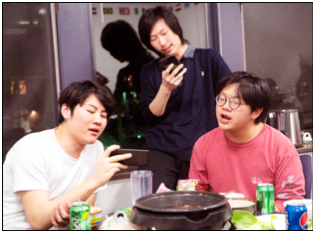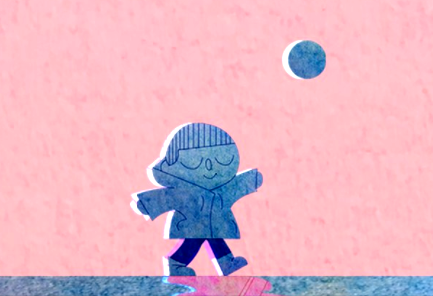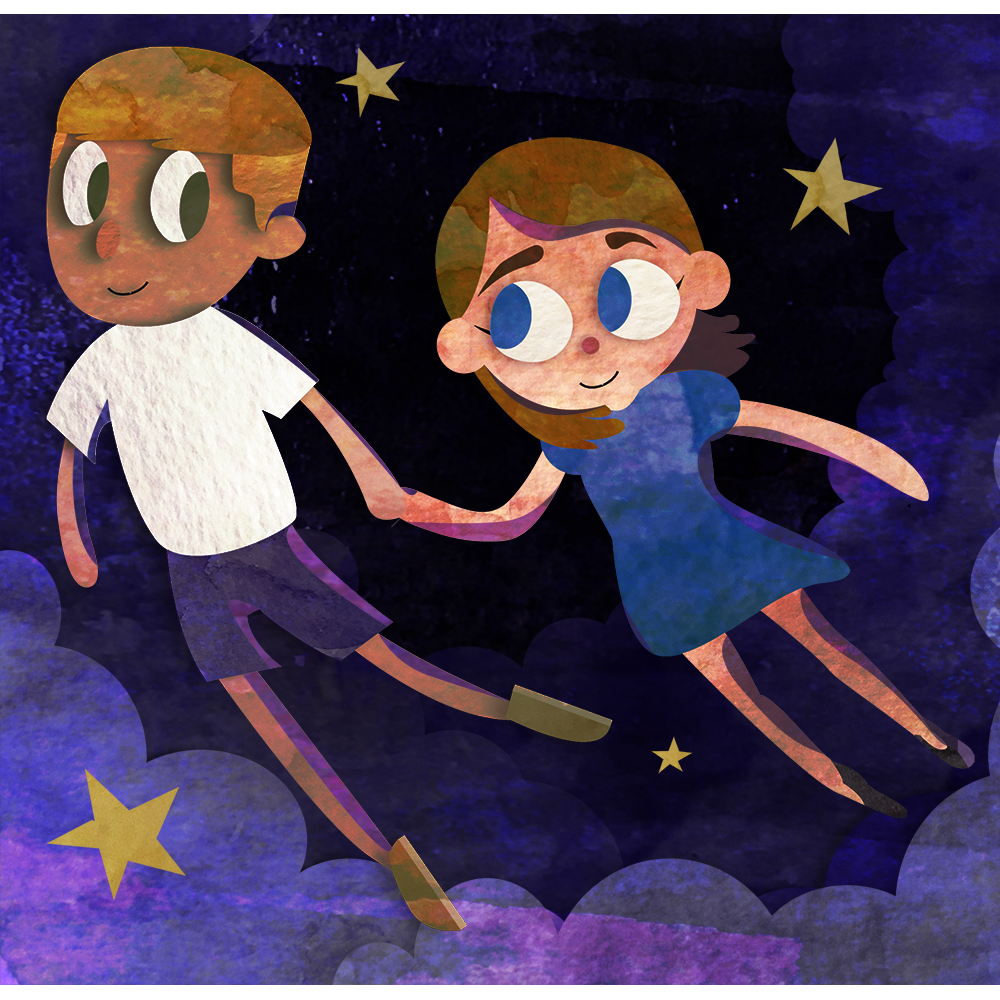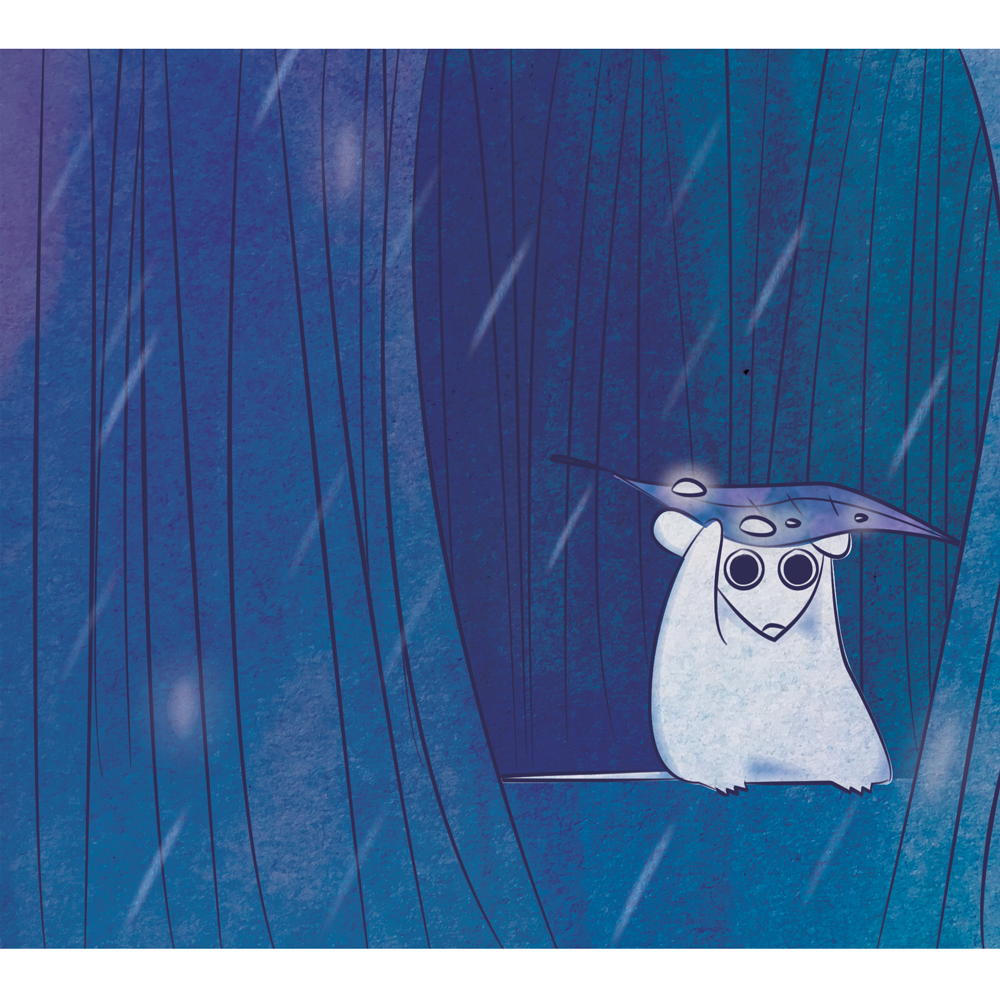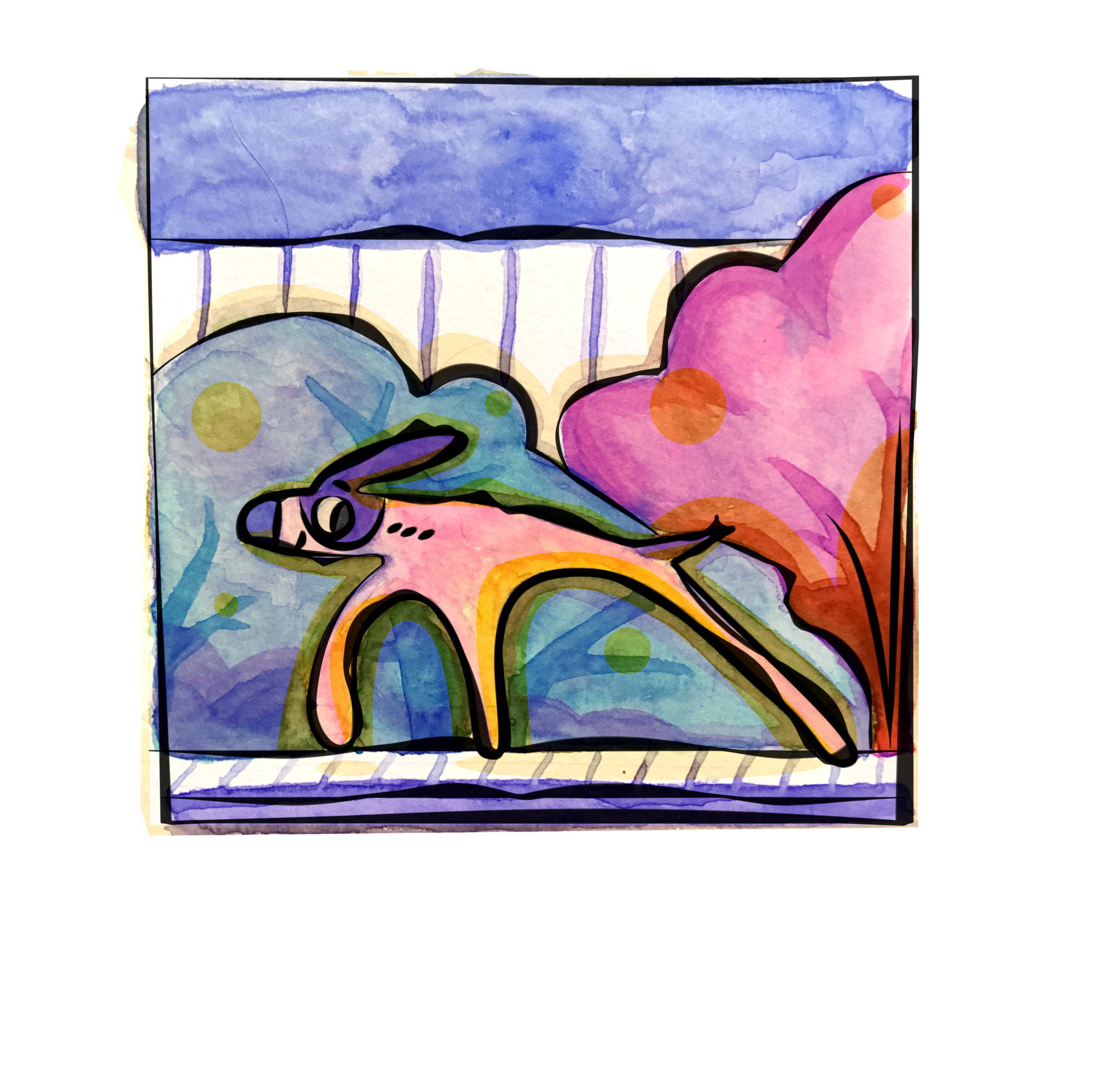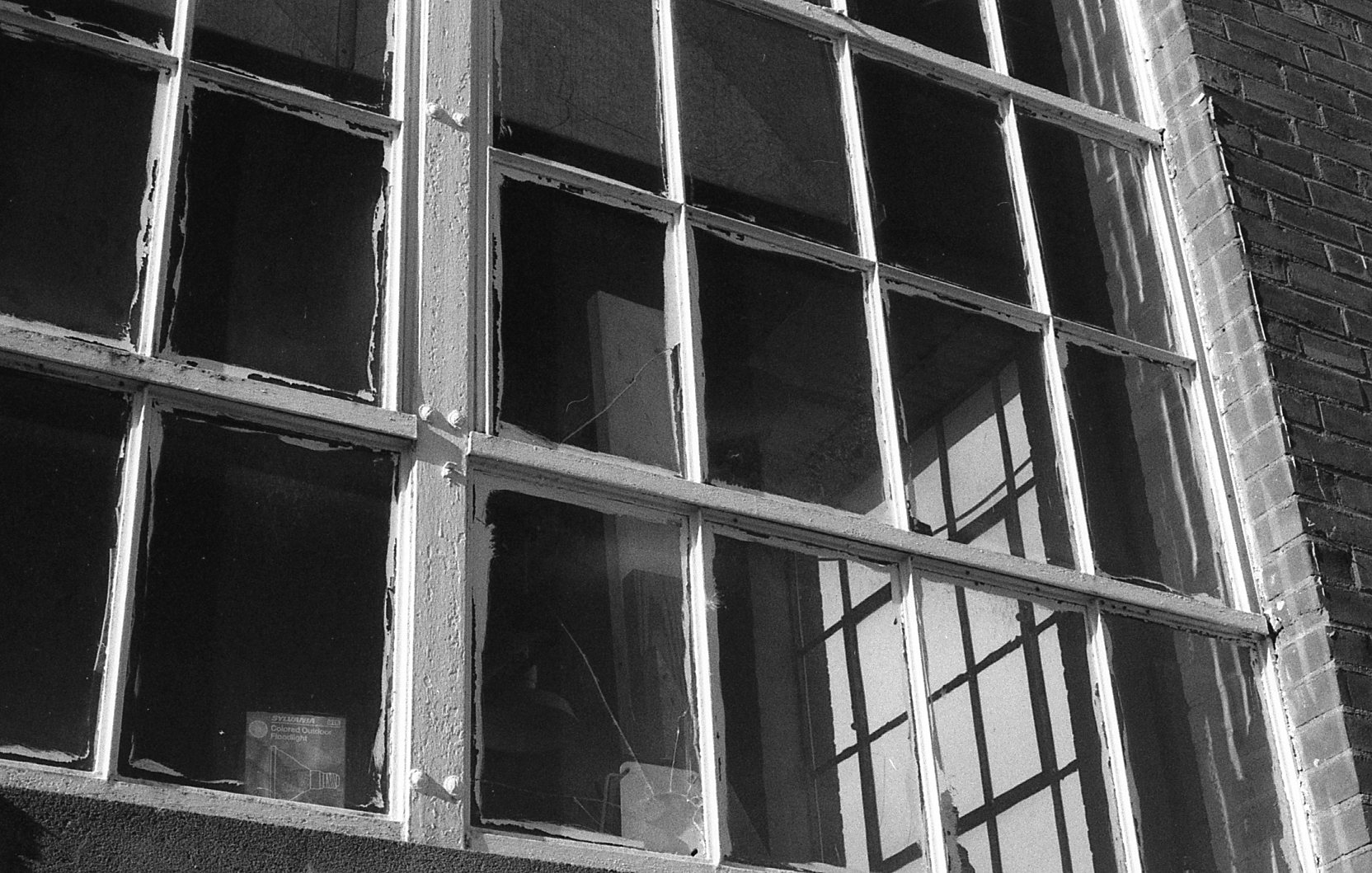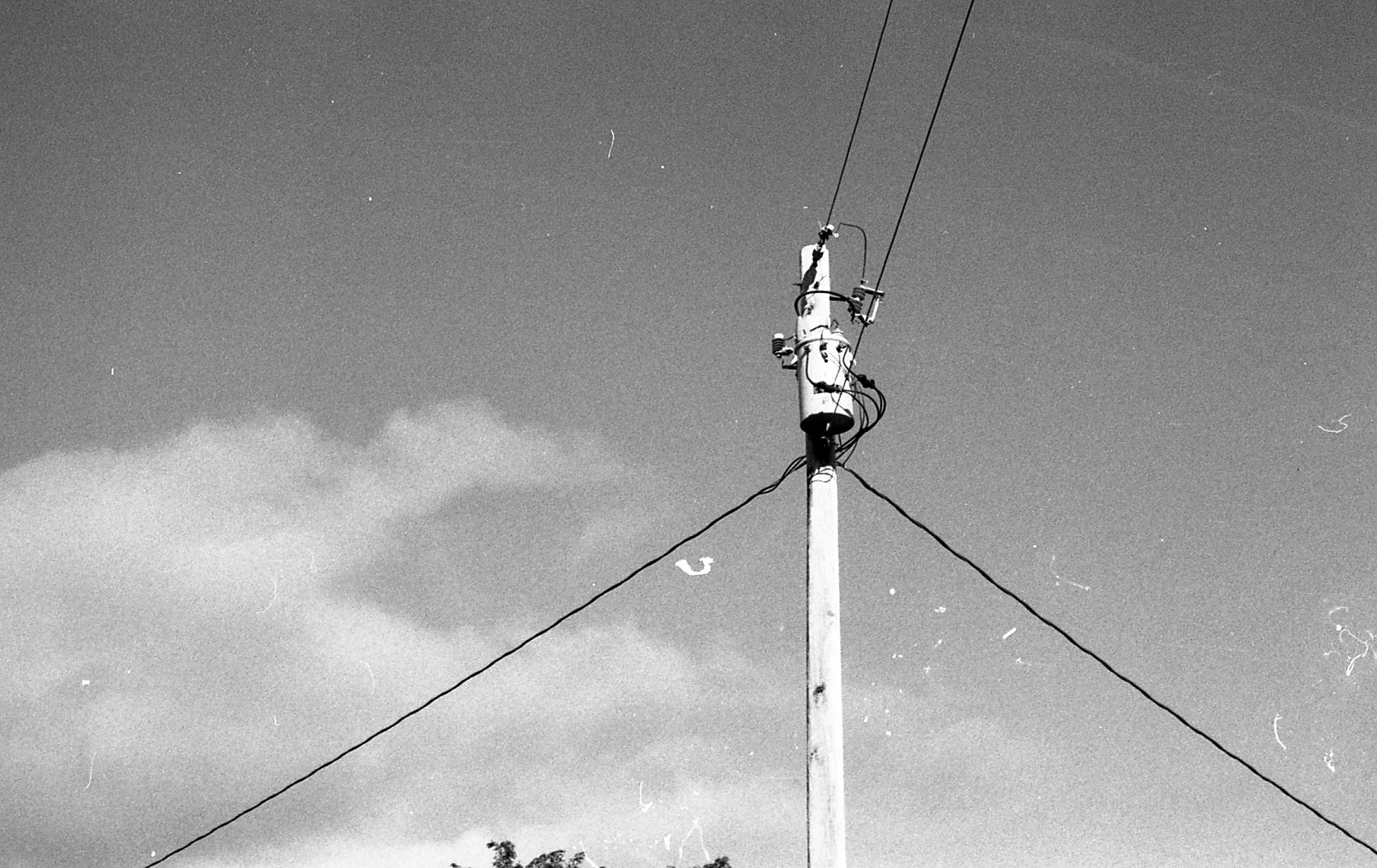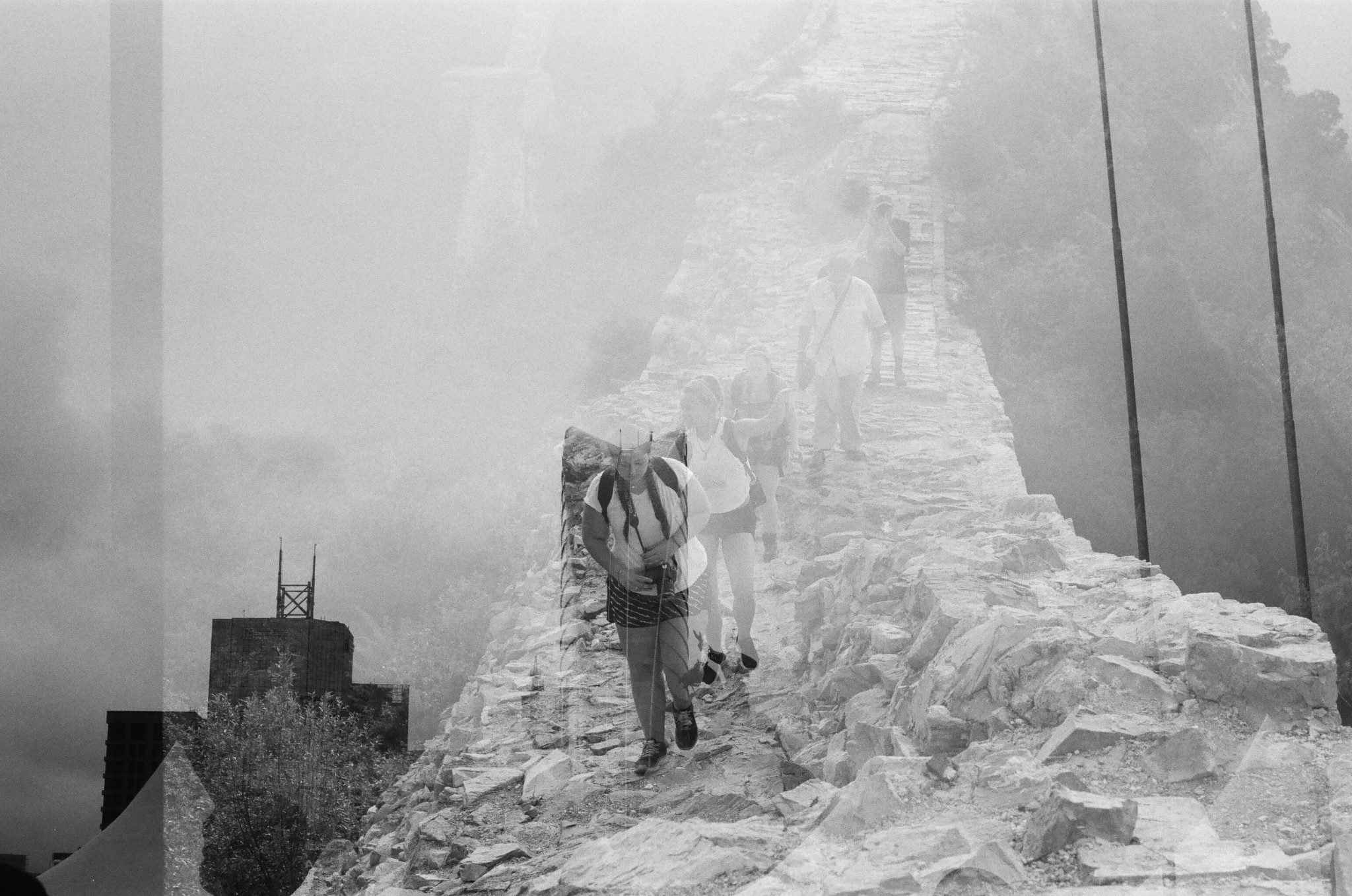Story by Jack Caron
Dreaming in color: Liam Rademacher
Anyone who goes to St. Michael’s has most likely come across the work of Liam Rademacher whether they knew it or not. His cartoony colorful style is unique. From illustrations that accent The Defender (see p.17) to preparing for his senior studio project, Rademacher’s has developed a cohesive personal style with an undeniable aesthetic appeal. His drawings feature bright colors and textures alongside precise line-work to create characters and landscapes that, while each having their own individual appeal, all look like they are from the same colorful planet. Rademacher says of his work “My drawings typically start out as doodles based off vague ideas in my head that then grow and develop into something more elaborate.”
When Liam was young he wanted to grow up be a cartoonist and spend his days drawing illustrations and characters. Along the way however he was often warned by people talking about the difficulty of making a living as an artist. Once he got to school Liam decided to go after his childhood dream and study the arts, saying people should not be deterred from their passion by others. He began as a music major but moved more towards visual arts, now going after a studio art degree with a media studies / digital arts minor. He likes to experiment and explore different subject matters, mediums, and design techniques, and is always learning and perfecting his art.
Spreading the Sead beyond campus
Within the living organism that is Burlington’s arts and culture community, young bands are always rising through the ranks of the local scene. Currently tearing up the Burlington circuit is St. Michael’s College’s very own Sead. This folk jam rock band has been growing and growing since their beginning three years ago with guitar players Colin O’Brien and Chris Spodick, bass player Ronnie “ Rangus” Russell, and drummer John Burgess of Seven Leaves fame. Spodick’s soulful bluesy vocals accompany the funk from Russell’s bass and O’Brien’s deep noodly lead guitar solos to create a unique sound with a down-home folk feeling and a shreddy improvised flare. A typical Sead set could contain anything from Led Zeppelin covers to re imagined Santana tunes, all interspersed with the bands growing repertoire of original tracks such as Marigold, Set Sail, and Waiting for Lucifer. Spodick describes the band’s music as “Alternative Americana derived from collective madness” and says without Sead as an outlet all the members would have long since gone crazy. From Monkey House, Radio Bean, and the on-campus venue Turtle Underground to big venues like Nectar’s and Higher Ground, crowds are starting to sing along to the catchy hooks of Sead’s songs such as “Laughing in the Limelight”. A recording of this jam can be found on the defender website now!

Life through the lens: Deirdre McPhee
Deirdre “Dee” McPhee ‘19, became an art major after discovering her passion for film photography. Growing up with a father who works in the film industry shooting and lighting film sets, she had always been around photography and videography. At 12 she got her first point-and-shoot digital camera and was amazed at the intricacies and processes of her father’s photography with a pinhole camera. It wasn’t until she borrowed a high-end digital camera in high school that McPhee really found a love for it. She shot photos on manual mode without really knowing the technical features that need to be adjusted when shooting with a manual specification camera. Her love of setting up her shots translated well into her later discovery of film photography. Dee says one of the thrills of shooting film is that you don’t know how your pictures will come out until long after you’ve taken them. It’s a leap of faith and you shoot hoping to capture the moment before it’s gone.
McPhee describes the process of developing film in the darkroom and seeing her pictures appear as calming yet stressful. The process is slow, precise, and meditative, yet also high-risk and difficult. “A lot of photography comes from happy accidents” Says McPhee “Sometimes you capture something you didn’t fully intend to, and that makes the moment that much more exciting.” Her focus is primarily on landscapes with a theme of decaying urban environments like fences and old bridges. McPhee enjoys shooting in black and white and her pictures work often evokes a consistent feeling within the viewer. She hopes to find outlets for her work in the surrounding area in the next few years.


